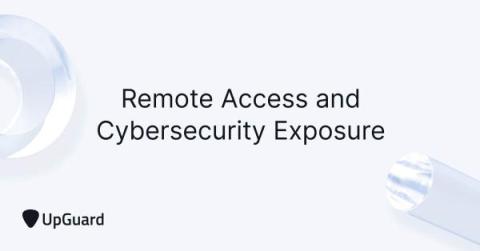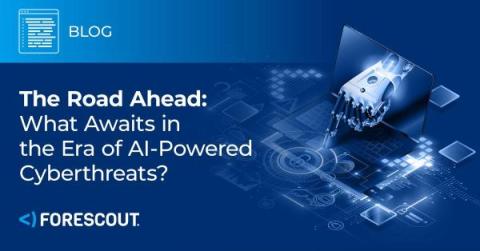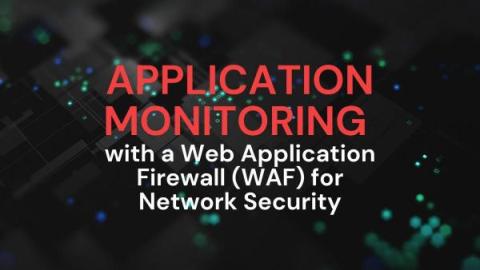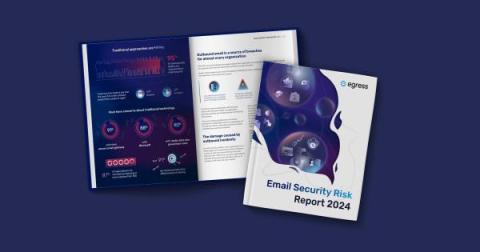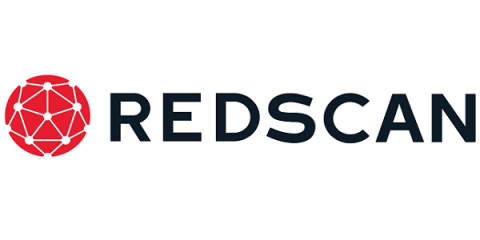Remote Access and Cybersecurity Exposure
Between cloud storage and smart devices, remote access to various services has become a mundane fact of life. Remote access empowers software developers and system administrators to manage technical infrastructure without requiring physical access to the server, which supports cloud-based services. Remote desktop solutions can also aid remote users with troubleshooting.


